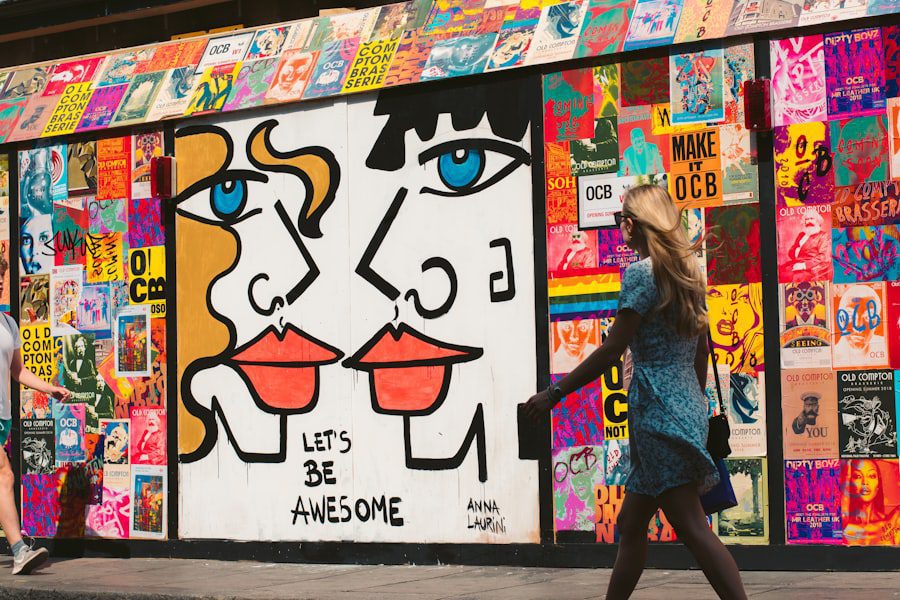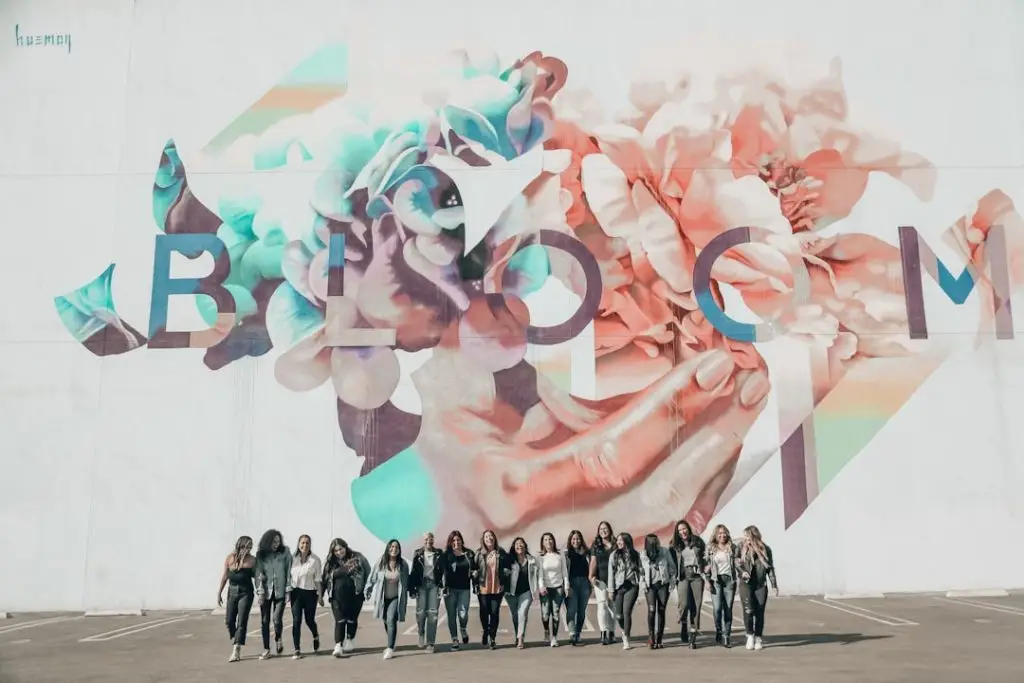Cultural differences are the myriad ways in which societies and communities vary in their beliefs, practices, and values. These differences can manifest in language, customs, traditions, and social norms, shaping the identities of individuals and groups. For instance, in collectivist cultures such as those found in many Asian countries, the emphasis is often placed on group harmony and familial ties.
In contrast, individualistic cultures, like those prevalent in the United States and much of Western Europe, prioritize personal achievement and self-expression. Recognizing these distinctions is crucial for fostering mutual respect and understanding among diverse populations. Moreover, cultural differences extend beyond mere surface-level observations.
They influence communication styles, conflict resolution approaches, and even perceptions of time. For example, in some cultures, direct communication is valued and seen as a sign of honesty, while in others, indirect communication is preferred to maintain harmony and avoid confrontation. Understanding these nuances can help individuals navigate cross-cultural interactions more effectively.
By acknowledging that different cultures have their own unique frameworks for interpreting the world, we can cultivate a more inclusive environment that appreciates diversity rather than viewing it as a barrier.
Key Takeaways
- Cultural differences should be understood and respected to promote unity and collaboration.
- Building empathy and compassion towards people from different cultures is essential for fostering open communication.
- Open communication is key to recognizing shared values and promoting cultural exchange and education.
- Collaboration and cooperation should be encouraged to celebrate diversity and create a path to unity.
- Promoting cultural exchange and education is crucial for building empathy and compassion and recognizing shared values.
Building Empathy and Compassion
Building Empathy in a Multicultural Context
In a multicultural context, building empathy requires an openness to learning about the experiences and challenges faced by people from different backgrounds. This can be achieved through active listening, where one genuinely seeks to understand another’s perspective without judgment.
Fostering a Supportive Environment
For instance, consider a workplace where employees come from various cultural backgrounds. By fostering an environment that encourages sharing personal stories and experiences, team members can develop a greater appreciation for each other’s struggles and triumphs. This not only enhances interpersonal relationships but also contributes to a more cohesive team dynamic.
The Power of Compassionate Interactions
When individuals feel seen and heard, they are more likely to engage with one another compassionately, leading to a supportive atmosphere where everyone can thrive.
Fostering Open Communication

Open communication is the cornerstone of any successful relationship, particularly in multicultural settings where misunderstandings can easily arise due to differing cultural norms. Creating an environment where individuals feel safe to express their thoughts and feelings is vital for promoting dialogue and collaboration. This involves not only encouraging people to speak up but also actively seeking out diverse voices to ensure that all perspectives are represented.
In practice, fostering open communication can take many forms. For example, organizations might implement regular feedback sessions where employees are invited to share their insights on workplace culture and practices. Additionally, training programs focused on intercultural communication can equip individuals with the skills needed to navigate conversations that may be sensitive or complex.
By prioritizing transparency and inclusivity in communication, we can break down barriers that often hinder understanding and cooperation among different cultural groups.
Recognizing Shared Values
Despite the vast array of cultural differences that exist globally, there are often shared values that unite people across diverse backgrounds. These commonalities can serve as a foundation for building relationships and fostering collaboration. For instance, values such as respect for family, the importance of community, and the pursuit of happiness are universal themes that resonate with individuals regardless of their cultural origins.
By identifying and emphasizing these shared values, we can create a sense of belonging that transcends cultural divides. Recognizing shared values also involves acknowledging the unique contributions that different cultures bring to the table. For example, many Indigenous cultures emphasize a deep connection to nature and sustainability, which can inform contemporary discussions about environmental stewardship.
By integrating these perspectives into broader conversations about shared goals, we can cultivate a more holistic approach to problem-solving that honors diverse viewpoints while working towards common objectives.
Promoting Cultural Exchange and Education
Cultural exchange and education play pivotal roles in bridging gaps between different communities. By facilitating opportunities for individuals to learn about one another’s cultures—through art, music, food, or language—we can foster appreciation and respect for diversity. Educational programs that focus on cultural history and traditions can help dispel stereotypes and misconceptions that often lead to division.
For instance, schools that incorporate multicultural curricula not only enrich students’ understanding of the world but also promote inclusivity within the classroom. Activities such as cultural fairs or exchange programs allow students to experience different traditions firsthand, creating lasting memories and friendships across cultural lines. Such initiatives not only enhance individual knowledge but also contribute to a more harmonious society by cultivating curiosity and respect for others.
Encouraging Collaboration and Cooperation

The Power of Diverse Perspectives
This collaborative spirit can be fostered through team-building activities that emphasize shared goals while celebrating individual strengths.
Putting Collaboration into Practice
In practice, organizations can create cross-cultural teams tasked with specific projects or initiatives. By bringing together individuals with varied experiences and viewpoints, these teams can leverage their collective knowledge to tackle challenges more effectively.
Real-World Applications
For example, in international development projects, collaboration between local communities and external organizations can lead to more sustainable outcomes by ensuring that solutions are culturally relevant and contextually appropriate.
Celebrating Diversity
Celebrating diversity is not merely an acknowledgment of differences; it is an active celebration of the richness that various cultures bring to society. Events such as cultural festivals, art exhibitions, or food fairs provide platforms for individuals to showcase their heritage while inviting others to participate in the experience. These celebrations foster a sense of pride among community members while promoting understanding among those who may be unfamiliar with certain traditions.
Moreover, celebrating diversity extends beyond organized events; it permeates everyday life through inclusive practices in workplaces, schools, and communities. For instance, recognizing holidays from various cultures within an organization not only honors employees’ backgrounds but also educates others about different customs and traditions. This kind of recognition fosters an environment where diversity is valued as an asset rather than viewed as a challenge.
Creating a Path to Unity
Creating a path to unity amidst diversity requires intentional efforts at multiple levels—individual, organizational, and societal. It involves cultivating an environment where differences are not merely tolerated but embraced as integral components of a vibrant community. This journey towards unity begins with self-reflection; individuals must examine their own biases and assumptions while actively seeking opportunities for growth.
At the organizational level, leaders play a crucial role in shaping inclusive cultures by implementing policies that promote diversity and equity. This includes providing training on unconscious bias, establishing mentorship programs for underrepresented groups, and ensuring diverse representation in decision-making processes. On a broader scale, societal initiatives aimed at promoting social justice and equity can help dismantle systemic barriers that perpetuate division.
Ultimately, the path to unity is paved with empathy, understanding, and collaboration. By recognizing our shared humanity while honoring our unique identities, we can build bridges across cultural divides that lead to a more harmonious world. The journey may be complex and multifaceted, but it is one worth undertaking for the sake of future generations who will inherit the rich tapestry of our global society.


